
A Dieckmann condensation of diethyl adipate was carried out by heating with sodium ethoxide. One equivalent of benzyl bromide was added, and the resulting mixture was then refluxed in 5% HCl for several hours and extracted with ether. What compound has been prepared by this procedure?
A.
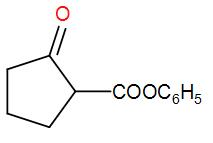
B.
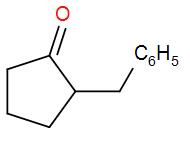
C.
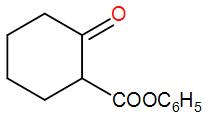
D.
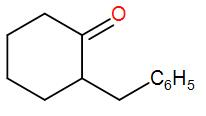




Answer
496.5k+ views
Hint: This is an Intramolecular Nucleophilic Acyl Substitution. In Dieckmann condensation the products are cyclic
Complete step by step answer:
- We can use diester compounds to give an intramolecular Claisen condensation which is also known as Diekmann condensation.
- We use this reaction to form a carbon-carbon bond between two tethered ester groups using an alkoxide base in alcohol to make a cyclic
- One ester group of the reactant must have an
- The enolate ion attacks the carbonyl carbon of the other ester molecule, to regenerate the base an -OR group is released, and the final product formed is a
- Now for better understanding let’s see the reaction mechanism:
Sodium ethoxide removes the alpha proton to form enolate ion
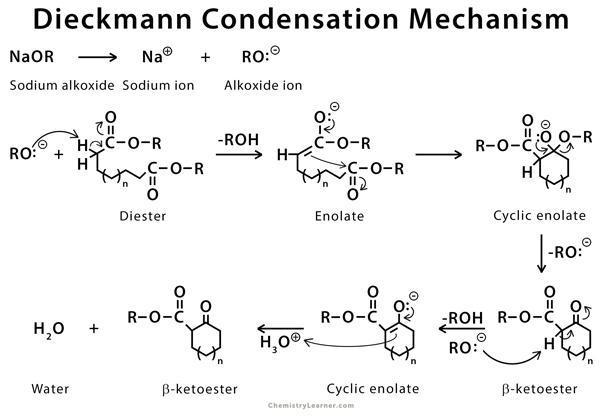
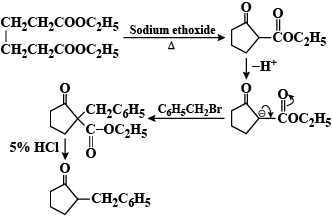
So, the correct answer is “Option B”.

Note: -The most used reagent is alkoxide in Diekmann condensation.
-Remember that enolate ions are good nucleophiles and ester carbonyl carbon atoms are electrophilic.
- Nucleophiles are those reactants which are electron rich and provide a pair of electrons but on contrary electrophiles are electron deficient and accept a pair of electrons to achieve stability.
Complete step by step answer:
- We can use diester compounds to give an intramolecular Claisen condensation which is also known as Diekmann condensation.
- We use this reaction to form a carbon-carbon bond between two tethered ester groups using an alkoxide base in alcohol to make a cyclic
- One ester group of the reactant must have an
- The enolate ion attacks the carbonyl carbon of the other ester molecule, to regenerate the base an -OR group is released, and the final product formed is a
- Now for better understanding let’s see the reaction mechanism:
Sodium ethoxide removes the alpha proton to form enolate ion


So, the correct answer is “Option B”.

Note: -The most used reagent is alkoxide in Diekmann condensation.
-Remember that enolate ions are good nucleophiles and ester carbonyl carbon atoms are electrophilic.
- Nucleophiles are those reactants which are electron rich and provide a pair of electrons but on contrary electrophiles are electron deficient and accept a pair of electrons to achieve stability.
Recently Updated Pages
Master Class 12 Business Studies: Engaging Questions & Answers for Success

Master Class 12 English: Engaging Questions & Answers for Success

Master Class 12 Social Science: Engaging Questions & Answers for Success

Master Class 12 Chemistry: Engaging Questions & Answers for Success

Class 12 Question and Answer - Your Ultimate Solutions Guide

Express the following as a fraction and simplify a class 7 maths CBSE

Trending doubts
Franz thinks Will they make them sing in German even class 12 english CBSE

Draw a diagram of a flower and name the parts class 12 biology ICSE

The amine A when treated with nitrous acid gives yellow class 12 chemistry CBSE

Draw ray diagrams each showing i myopic eye and ii class 12 physics CBSE

The speed of light will be minimum while passing through class 12 physics CBSE

For the angle of minimum deviation of a prism to be class 12 physics CBSE




